A cubic yard is a unit of volume equal to 27 cubic feet. It’s commonly used for measuring bulk materials like soil, gravel, or concrete in construction and landscaping.
Understanding the size of 1 cubic yard can help you estimate the volume of materials like soil, mulch, or concrete needed for a project or quantify the capacity of dumpsters or containers if you’re into waste management.
This post will help you understand the significance of one cubic yard by visualization. It’s a skill you may need for efficient planning and resource allocation in different fields.
Let’s dive in.
Read: How Much is 100 ML? 14 Common Comparisons (+Pics)
15 Common Comparisons For One Cubic Yard
1. A Large-sized Refrigerator
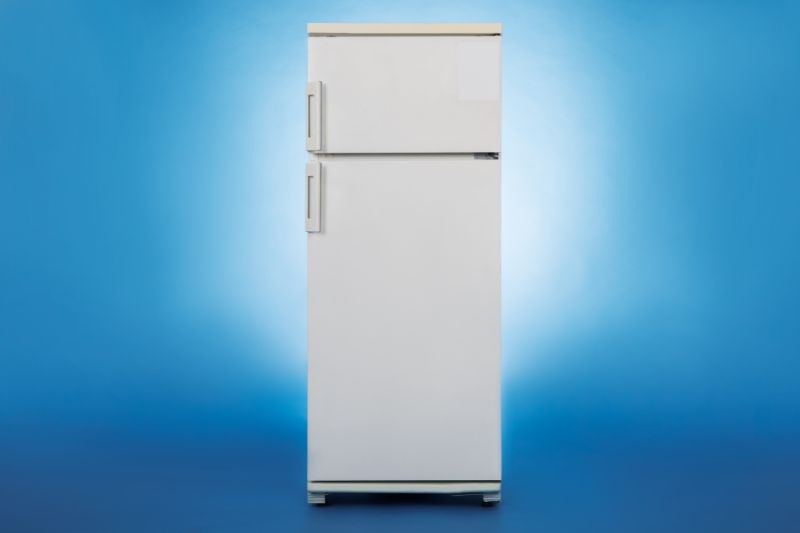
Refrigerators come in various sizes to accommodate different needs.
French door and side-by-side models often fall in the largest category, with a capacity between 22 and 28 cubic feet (0.8 and 1.04 cubic yards).
So, you can compare one cubic yard to a large fridge at capacity. It’s close to call.
Meanwhile, a small fridge usually is about 12 cubic feet (0.44 cubic yards). With this as the reference point, imagine filling two to get a sense of one cubic yard.
2. 6X A Standard Front-loading Washing Machine
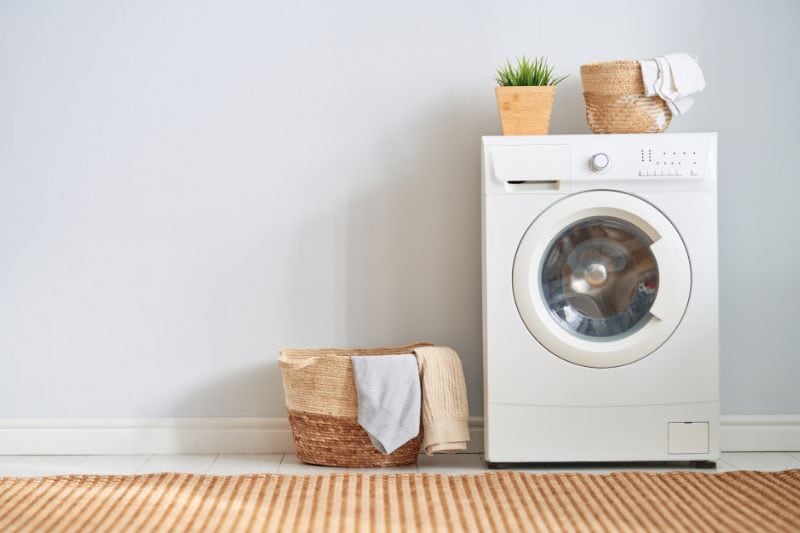
The volume of a standard washing machine can vary depending on the specific model and type.
Front-loading washing machines typically have a larger capacity than top-loading ones. They range from 4.2 cubic feet to 4.5 cubic feet or approximately 0.16 cubic yards.
So, you can visualize one yard by imagining filling a front-loading washing machine as many as six times.
Meanwhile, compact washers range from 2.30 to 2.45 cubic feet (approximately 0.09 cubic yards). So, with this, one cubic yard is about eleven times its capacity.
3. 39X A 5-gallon Bucket
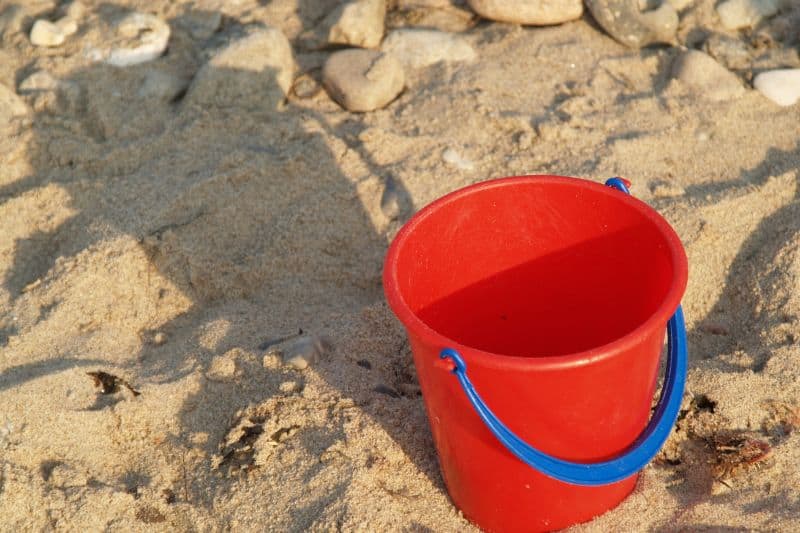
5-gallon buckets are household items commonly employed for carrying liquids, storing tools, mixing materials, or gardening.
These containers contain between 0.66 and 0.8 cubic yards or approximately 0.0259 cubic yards.
Therefore, imagine filling a 5-gallon bucket as many as 38 times to visualize one cubic yard.
4. 2X An XL Wardrobe Box

XL wardrobe boxes are larger versions of standard wardrobe boxes.
The dimensions of XL wardrobe boxes can vary, but they often have a space of about 0.498 cubic yards, providing extra room for transporting more clothing or long garments like dresses and coats.
That means two XL wardrobe boxes would be approximately one cubic yard.
5. 5X A XL U-Haul Moving Box

U-Haul offers a range of moving boxes, including extra-large (XL) options, typically larger than standard boxes. These are suitable for bulkier or larger items that need extra space.
They usually measure 24×18×24 inches, meaning they have a volume of 10,368 cubic inches or 0.2 cubic yards.
Thus, you can think of one yard as five times a U-Haul XL moving box.
6. A ¼ Midsize Car
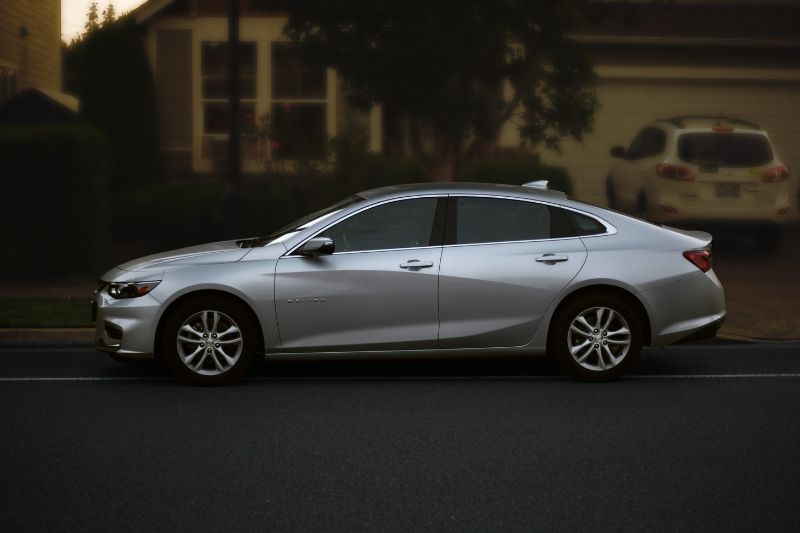
Midsize sedans fall between compact sedans and full-size sedans in size.
Their interior spaces vary from model to model, ranging from 110 to 119 cubic feet or approximately four cubic yards. Some popular models within that range include the Tesla Model S, Kia 5, and Toyota Camry Hybrid.
So, imagine dividing a midsize sedan car’s interior space into four equal portions. Each represents one cubic yard.
7. A Little Bigger Than a Midsize Car Trunk

The size of a car trunk varies significantly depending on the make and model of the vehicle.
Most midsize cars (refer to the ones we’ve seen above) have a trunk capacity of approximately 20 cubic feet, which is practical for individuals or families needing sufficient cargo space.
Since 20 cubic feet equals 0.74 cubic yards, you can visualize one cubic yard as slightly bigger than a midsize car trunk.
8. Half A Standard Full-size Pickup Truck Bed

A standard full-size pickup truck bed has a significant cargo area of 2.5 cubic feet, making it versatile for various hauling items like building materials, furniture, and other large or heavy loads.
Although half of this space (1.25 cubic yards) is slightly larger than one cubic yard, it can give you an idea of what you’re looking for.
9. Half a Bar-size Pool Table

Bar-size pool tables are smaller than standard home or tournament-sized tables, making them suitable for venues with limited space, such as bars, pubs, and recreational spaces.
They are typically 78 inches long, 39 inches wide, and 30 inches tall, occupying 91,620 cubic inches or approximately 1.96 cubic yards.
So, picture a bar-size pool table and imagine cutting it in half to understand the significance of one yard.
10. A ¼ Table Tennis Table
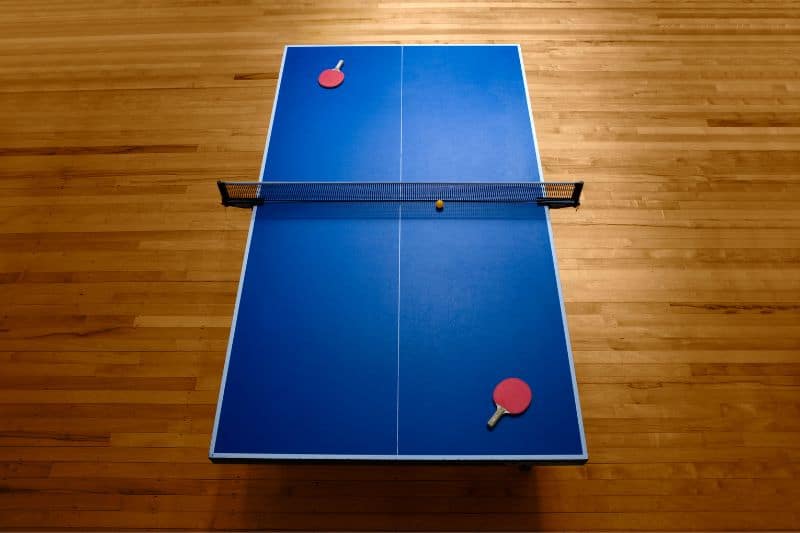
Table tennis tables come in standard sizes, as regulated by official guidelines.
They are typically 9 feet long, 5 feet wide, and 2.5 feet tall, occupying 112 cubic feet or approximately four cubic yards.
Therefore, picture a table tennis table as a solid block and imagine dividing it into four equal portions. Each represents roughly one cubic yard.
11. 9X A Standard Wheelbarrow

Wheelbarrows come in different sizes, ranging from 2 to 6 cubic feet.
The standard and most commonly used wheelbarrow size is three cubic, which is practical for gardening and landscaping tasks.
Three cubic feet equals 0.11 cubic yards, meaning you need nine standard wheelbarrows to reach one yard.
12. A Stack of 50 Cinder Blocks
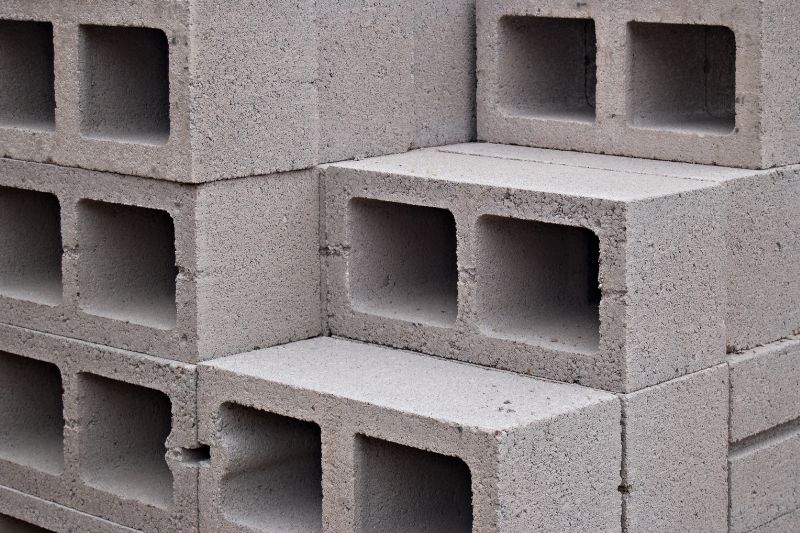
You often see cinder blocks in various structures, including retaining walls, garden beds, and industrial buildings.
The standard size for these blocks is 8 inches by 8 inches by 16 inches, meaning each occupies 1,024 square inches or 0.02 cubic yards.
So, you can visualize one cubic yard by imagining a stack of 50 cinder blocks.
13. A Stack of 25 94-pound Portland Cement Bags

A standard 94-pound bag of Portland cement typically has dimensions of approximately 23 inches in height, 16 inches in width, and 5 inches in depth.
That means it covers 1,072 cubic inches or approximately 0.04 cubic yards.
Hence, you can compare one yard to a stack of 25 94-pound Portland bags of cement.
14. 5X A Rectangular Hay Bale

Hay bales come in two main shapes, i.e., rectangular and cylindrical, and have different sizes.
Most rectangular hay bales are usually 14 inches high, 18 inches wide, and 36 inches long, occupying a space of 9,072 cubic inches or approximately 0.194 cubic yards.
Thus, you can compare one cubic yard to a pile of five rectangular hay bales.
Read: How Much is 10 Liters? 15 Common Comparisons (+Pics)
15. 3X A Medium-sized Dog Crate

Medium-sized dog crates are designed to accommodate dogs of various breeds within a specific size range.
The size of medium-sized dog crates can vary, but most have a space of about 15,120 cubic inches (0.32 cubic yards), which is generally big enough for a medium-sized dog to stand, turn around, and lie down comfortably.
Using a medium-sized dog crate this size to visualize one yard, imagine filling it as many as three times.







